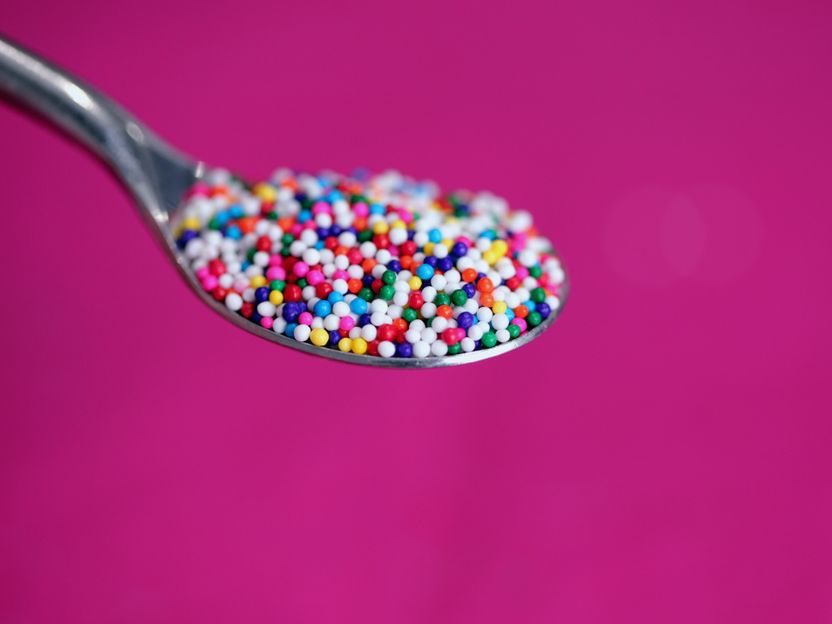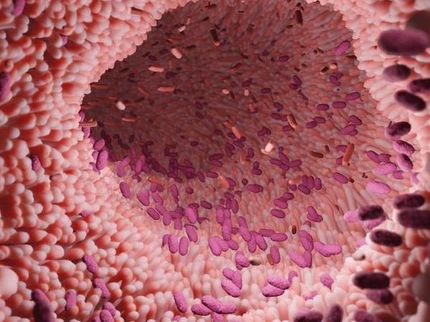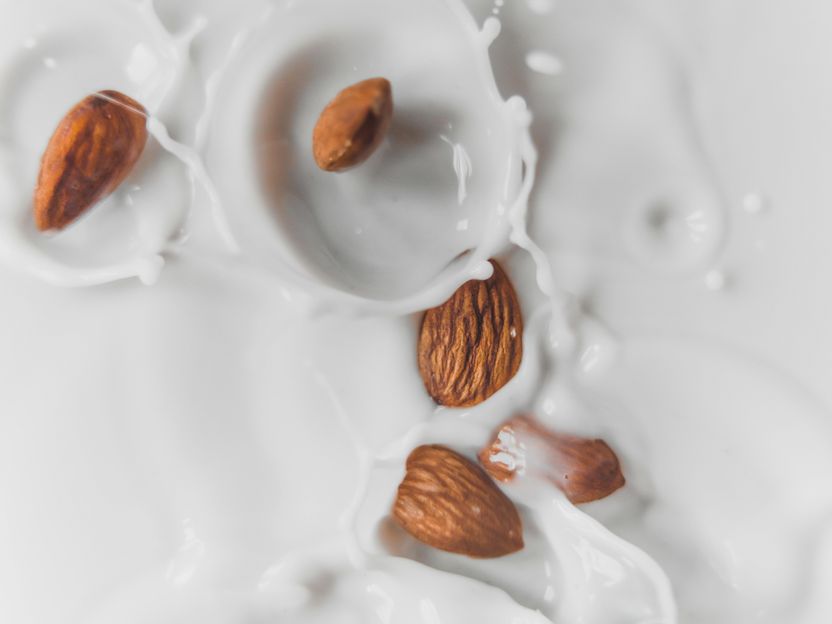Health risk due to micro- and nanoplastics in food
Five grams of plastic particles on average enter the human gastrointestinal tract per person per week. This is roughly equivalent to the weight of a credit card. Whether ingested micro- and nanoplastics pose a health risk is being investigated in numerous studies but is largely unknown to date. A research team from MedUni Vienna has now summarised the current state of scientific knowledge. The review article has just been published in the journal Exposure & Health.

unsplash
Medical research on the topic centres on the digestive system where micro- and nanoplastic particles (MNPs) can be found in tissue. Experimental studies indicate that ingested MNPs passing through the gastrointestinal tract lead to changes in the composition of the gut microbiome. The research team led by Elisabeth Gruber (Division of Visceral Surgery of MedUni Vienna's Department for General Surgery) and Lukas Kenner (Department of Pathology MedUni Vienna, Comprehensive Cancer Center (CCC) MedUni Vienna and Vienna General Hospital, Department of Laboratory Animal Pathology of VetMedUni) report that such changes are associated with the development of metabolic diseases such as diabetes, obesity or chronic liver disease.
In addition to the effects on the gut microbiome, scientists also described specific molecular mechanisms that facilitate the uptake of MNPs into gut tissue. Using specific analyses, it was shown that MNPs in the gastrointestinal tract could increasingly be taken up into tissue under certain physicochemical conditions and activate mechanisms involved in local inflammatory and immune responses. Nanoplastics in particular are associated with biochemical processes that are crucially involved in carcinogenesis.
Plastic particles also in drinking water
Nanoplastics are defined as being less than 0.001 millimetre in size, while microplastics, at 0.001 to 5 millimetres, are to some extent still visible to the naked eye. MNPs enter the food chain from packaging waste, among other sources. The plastic particles are not only trafficked into the body via food such as marine life or sea salt in particular, drinking also plays a part. According to a study, anyone who drinks the recommended 1.5 to two litres of water a day from plastic bottles ingests around 90,000 plastic particles per year in this way alone. However, those who choose tap water can, depending on their geographical location, reduce the amount ingested to 40,000 plastic particles. Researchers also demonstrated widespread contamination of mineral water with xenohormones leached from PET (polyethylene terephthalate) bottles. Xenohormones are known to exhibit oestrogenic activity which can act carcinogenic in the body.
The potential adverse health effects of plastic particles could be particularly impactful for people with a chronic disease burden, says Lukas Kenner. "A healthy gut is more likely to ward off the health risk. But local changes in the gastrointestinal tract, such as those present in chronic disease or even negative stress, could make them susceptible to the harmful effects of MNPs."
Original publication
Other news from the department science

Get the food & beverage industry in your inbox
By submitting this form you agree that LUMITOS AG will send you the newsletter(s) selected above by email. Your data will not be passed on to third parties. Your data will be stored and processed in accordance with our data protection regulations. LUMITOS may contact you by email for the purpose of advertising or market and opinion surveys. You can revoke your consent at any time without giving reasons to LUMITOS AG, Ernst-Augustin-Str. 2, 12489 Berlin, Germany or by e-mail at revoke@lumitos.com with effect for the future. In addition, each email contains a link to unsubscribe from the corresponding newsletter.




























































